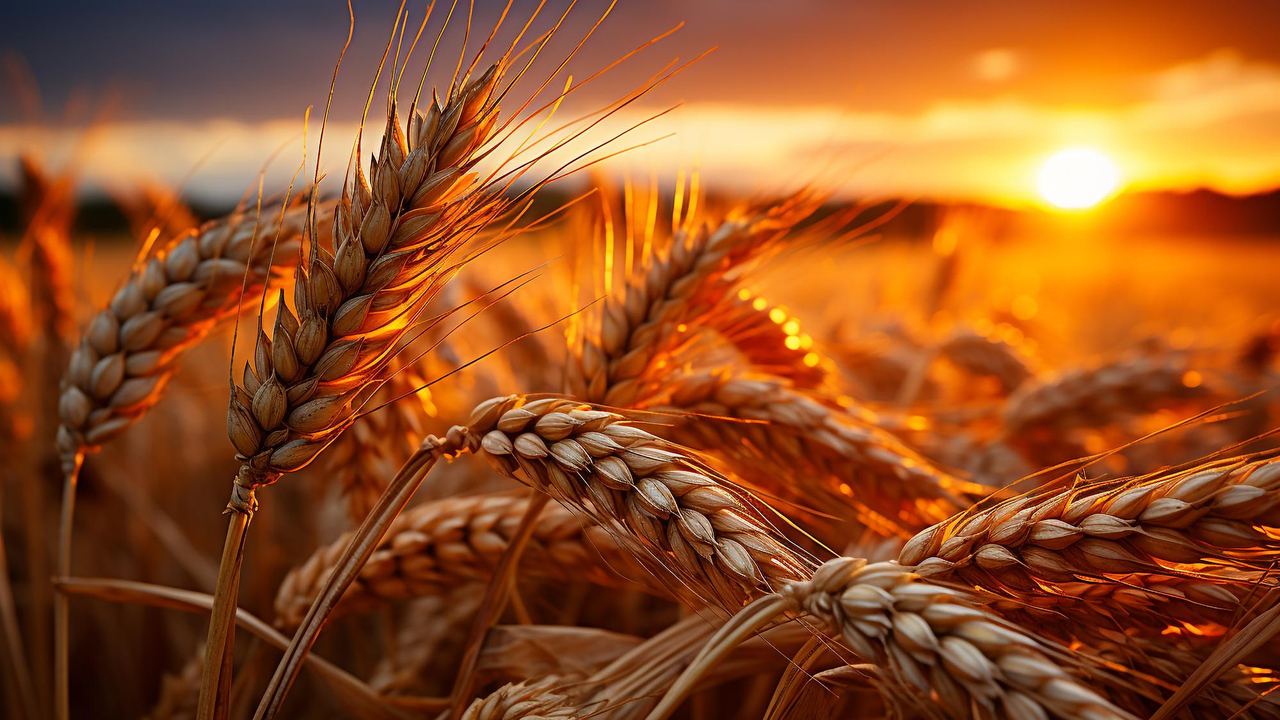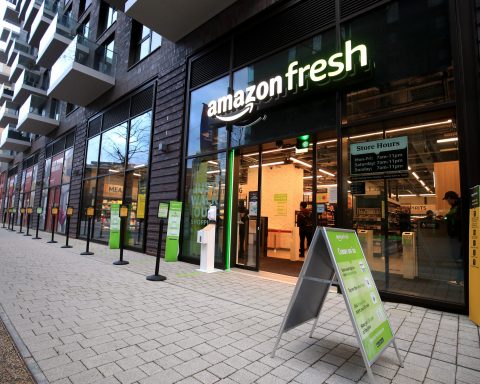Last year, grain harvest indicators in Russia fell by about 8.4%, collecting only 30.8 centners/ha, compared to 33.6 centners/ha in 2022. This was despite 2023 being one of the largest harvests in recent years.
In 2024, indicators are rapidly rising, and a new record for grain crop volume may be set. Tula alone has already exceeded the plan by 100%, and there are many places across Russia where the agricultural sector is highly developed.
Of course, suitable conditions are needed for this: favorable climate (not abnormal heat), moist soil rich in minerals, and competent specialists. Otherwise, we might lose the harvest altogether. Do scientists have any developments in store to ensure we don’t go without bread on the table?
In fact, there are many such developments. For example, even on poor soils, we can get a good harvest of grain crops.
One reason for poor harvests and low grain quality is the low content of beneficial elements in the soil. To fix this, a large amount of various fertilizers is used, but some of them may contain not-so-beneficial substances, such as heavy metals, which are toxic to the soil. Both humans and wildlife suffer.
Another nuance is the vast area of land for sowing. Such large territories are not easy to maintain in good condition: bad weather can cause significant damage, and people simply cannot keep track of everything.
To ensure a good harvest, you can enrich not only the soil but also the grain itself. Scientists from the Karelian Research Center of the Russian Academy of Sciences thought so and proposed using a salicylic acid solution.
Salicylic acid in pre-sowing treatment allows the grain to grow even with a lack of nutrients and enriches it with a large number of nutrients. Another feature is that it is a natural acid: it does not harm the environment and is safe for humans.
Physiologists from Karelia decided to test their hypothesis on wheat and barley, which lacked beneficial minerals. They treated the grain and planted it both in laboratory conditions and in the fields. Studies have shown that pre-sowing treatment with acid really helps the grain, and if sprayed during the tillering phase (appearance of new shoots), the effect will be even better.
Thus, salicylic acid is an excellent way to increase the yield and quality of grain, and the price is much lower than other fertilizers. Spray the grain and plant it—no extra effort is needed, and the soil won’t be polluted.
In addition to special acids, chitosan can be used—this is what scientists from Saratov did.
Chitosan is a fiber obtained from the chitin of crustacean shells. It is used in medical preparations and various dietary supplements, and sometimes even as a weight loss method because it prevents the absorption of fats.
Scientists from Saratov State University (SSU) managed to implement chitosan for other purposes. For the production of a special biopreparation, they developed a simple method for obtaining chitin nanoparticles, which is single-stage: there is no need to distill crustacean shells several times, saving both time and resources.
Scientists believe that this wonder bioadditive can increase yields by at least 25%, and with lower costs. In the future, it will be possible to develop various chemicals for the agro-industrial complex with chitosan, which will allow abandoning various fertilizers, toxic stimulants, and pesticides. The main thing is to implement it in practice.
And of course, how can we do without neural networks? They are used almost everywhere, even reaching strawberries!
Neural networks and AI are in demand for a reason. They can simplify human work: errors during the work process are minimal, and their capabilities are impressive.
Thus, scientists at Tyumen State University (TSU) have improved computer vision technology for special smart farms. The innovation will allow monitoring plants all the time, detecting diseases and potential pests, and advising on which additive to add to the soil.
With such computer vision, work can be significantly simplified: analyzing data on the number of ripe berries, drawing conclusions about the total harvest, and making adjustments to the frequency of watering plants and soil nutrition. It will also help detect plant diseases and even advise on how to treat them.
If the development of scientists from Tyumen is combined with current smart farms, minimal control will be required. The equipment will monitor everything itself; the person only needs to handle it correctly. In theory, this will reduce the requirements for future farm employees and solve the problem of staff shortages. Obviously, this development can be used to grow not only strawberries but also other types of plants.
Judging by the fact that farms and large enterprises are already interested in all these developments, the volume of agricultural products in our country will only grow. We will not be left without bread, porridge, and delicious berries, and prices may not be as high.
The developments we talked about today are far from the only ones, and some of them are suitable even for ordinary gardeners. Imagine your grandmother sitting at the computer playing solitaire, and in the corner of the screen, you can see all the statistics about her seedlings and when they need to be fertilized with a chitin additive. This is the future.








